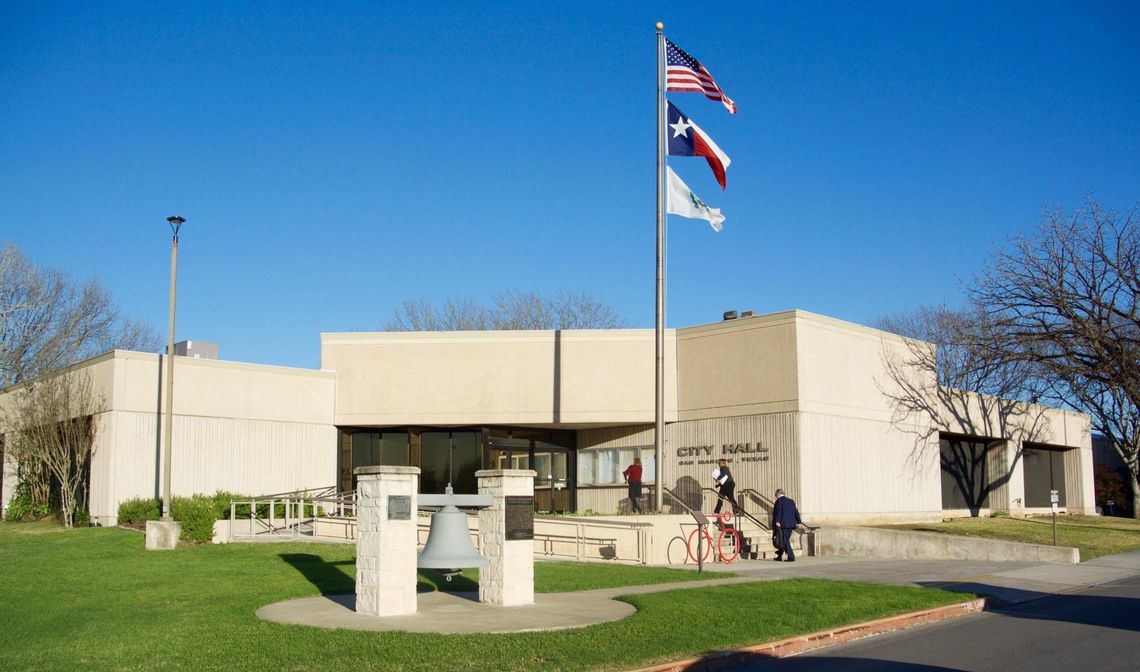The San Marcos City Council decided to hold steady with the city’s Cite and Release Ordinance following an hour-long discussion regarding the policy.
Councilmembers decided to wait for a strategic business plan from San Marcos Chief of Police Stan Standridge, which he expects to deliver soon, outlining his plans and strategies for the San Marcos Police Department before making any decision regarding the landmark ordinance.
Tuesday’s discussion on cite and release was placed on the regular-meeting agenda by councilmembers Shane Scott and Saul Gonzales. Scott said he put the item up for discussion after receiving a multitude of calls regarding rising crime in San Marcos.








